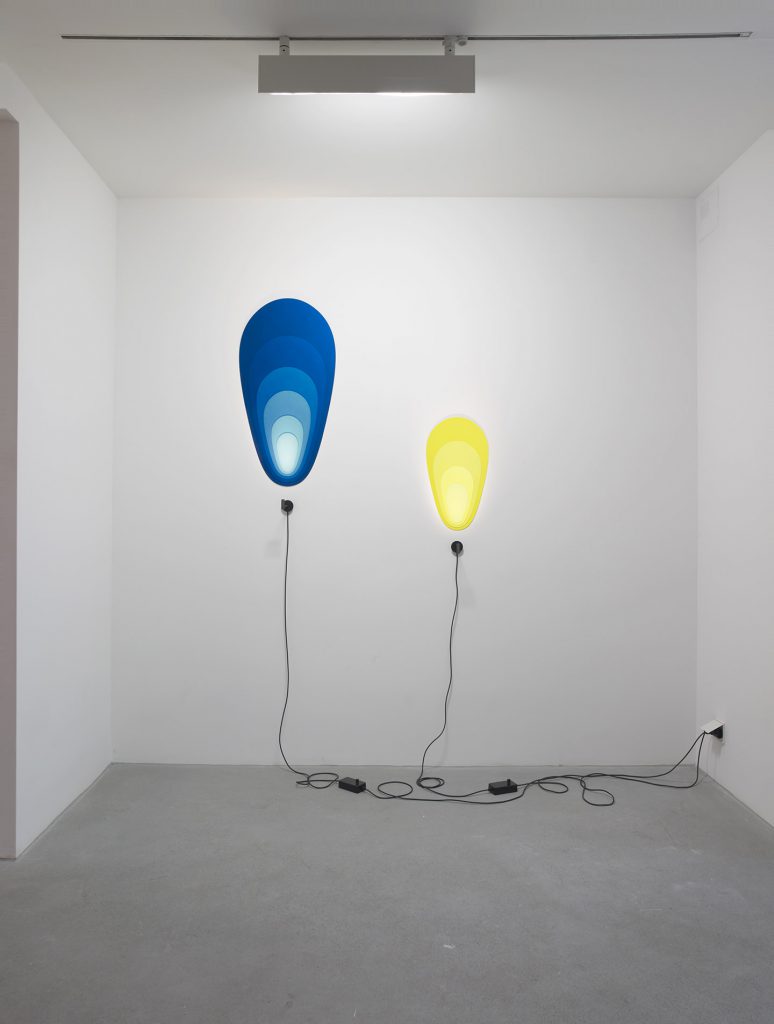Robert Stadler
Interview by Tanja Siren
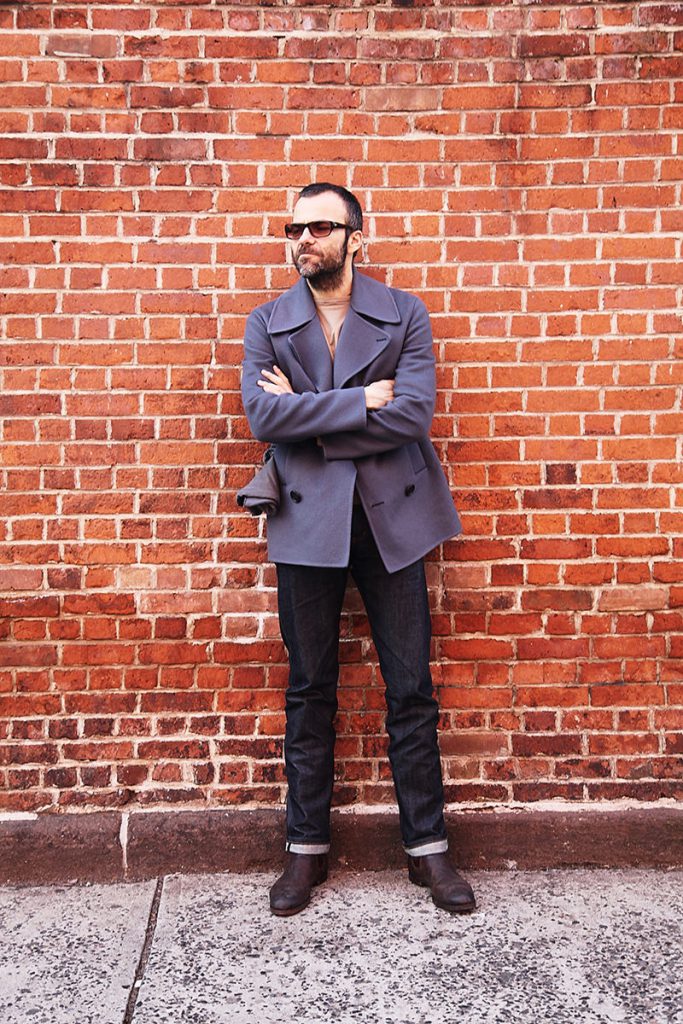
Robert Stadler is a Paris-based designer born in Vienna in 1966. He works at the juncture between art and design, creating functional objects that explore new spacial possibilities. Robert studied design at the Instituto Europeo di Design, Milan and at École Nationale Supérieure de Création Industrielle, Paris. In 1992 he co-founded the RADI DESIGNERS group, which was active until 2008. He is represented by Carpenters Workshop gallery and Galerie Triple V. His work is included in several private and public collections, such as Fondation Cartier, Fonds National d’Art Contemporain, MAK - Museum of Applied Arts/Contemporary Art in Vienna, Les Arts Décoratifs in Paris. He works for clients such as Académie des César, Dior, Beaumarly, Nissan, Orange, Ricard, Take 5 Editions and Thonet. In 2012 Robertreceived the “Prix Liliane Bettencourt pour l’Intelligence de la main” with Siegeair craftsman.
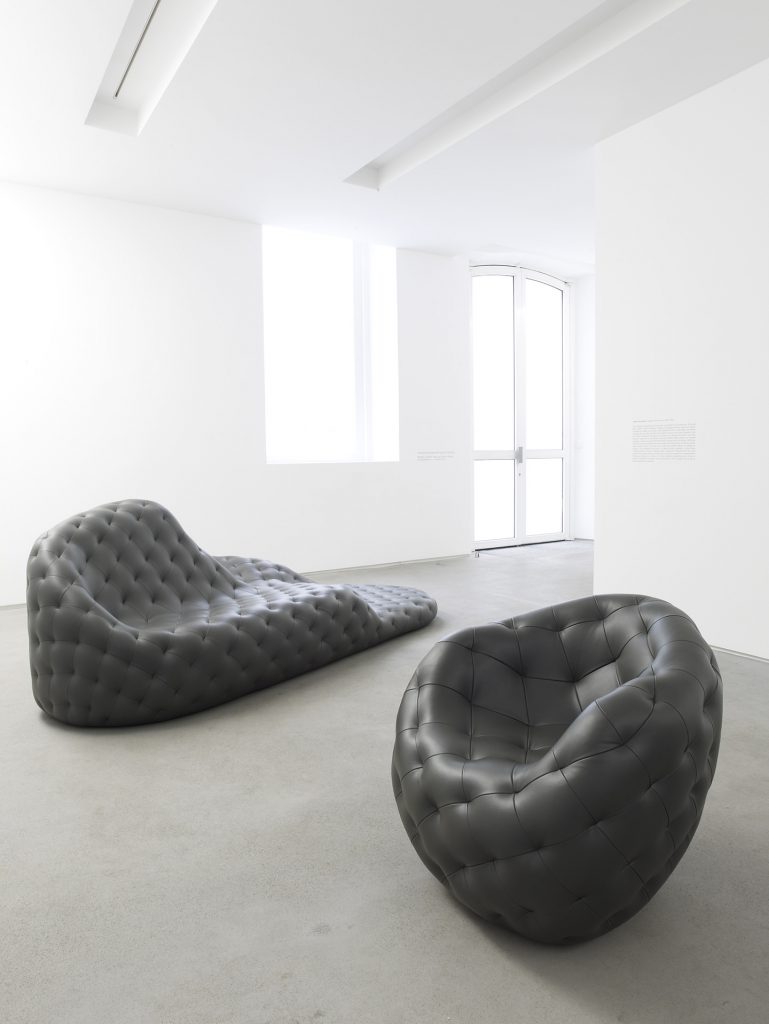
T. Ok, can you tell me about your next exhibit?
R. My next exhibition called "CUT_PASTE" will be at Carpenters Workshop Gallery in London, in September during the London Design Festival and Frieze. We are about to produce the pieces. They are works in stone and aluminum honeycomb; the same material is used for building's facades. The technique is to cut the stone very thin, like 5 mm, backed by aluminum panels. I transferred this technique, and also the language of panels and cutout parts of panels as architectural elements to the domestic context.
T. Does design have an age?
R. Everybody tries to do something timeless…I think the only possible timeless thing can be the intention you put in a project. Design is certainly related to humanity, and the intention to be timeless goes through the values of different periods. Shapes or materials are necessary, so when it comes to formalizing ideas, but these are not part of the timelessness that is being evoked.
T. When did you know design is what you had to do?
R. I'm still wondering if design is what I have to do.
T. Did you ever had a "plan B"?
R. stressful for me to have a plan B at the back of my head, so I prefer to have a plan A and be completely free in the realm of that plan A.
T. Did you get to kill your idols?
R. They killed themselves but I won't say names.
T. Which creative medium would you love to pursue, but have not dared to do so yet?
R. Umm…cinema.
T. Could you be more specific?
R. Directing moviemaking. Actually, there is a project, now that I think about it, I will be doing now…it's like a performance theater. It's a project I am working on for the Centre Pompidou and it will be presented during the Fiac art fair in October. The Centre invited me to choose a musician, and see what happens when a designer meets a musician onstage. So I chose Philippe Katerine, a free spirited musician and well-known composer in Paris. You can't walk down the street quietly with him! Hehehe… He has done several collaborations and also acted in some movie and he is a very free man. What is nice about this project is that we are writing this play together…we are not in our usual roles, in which he would be doing a concert while I do the stage design. We are actually writing the play together and we will even be performing together for a short time… That will be a first for me and actually for him as well…
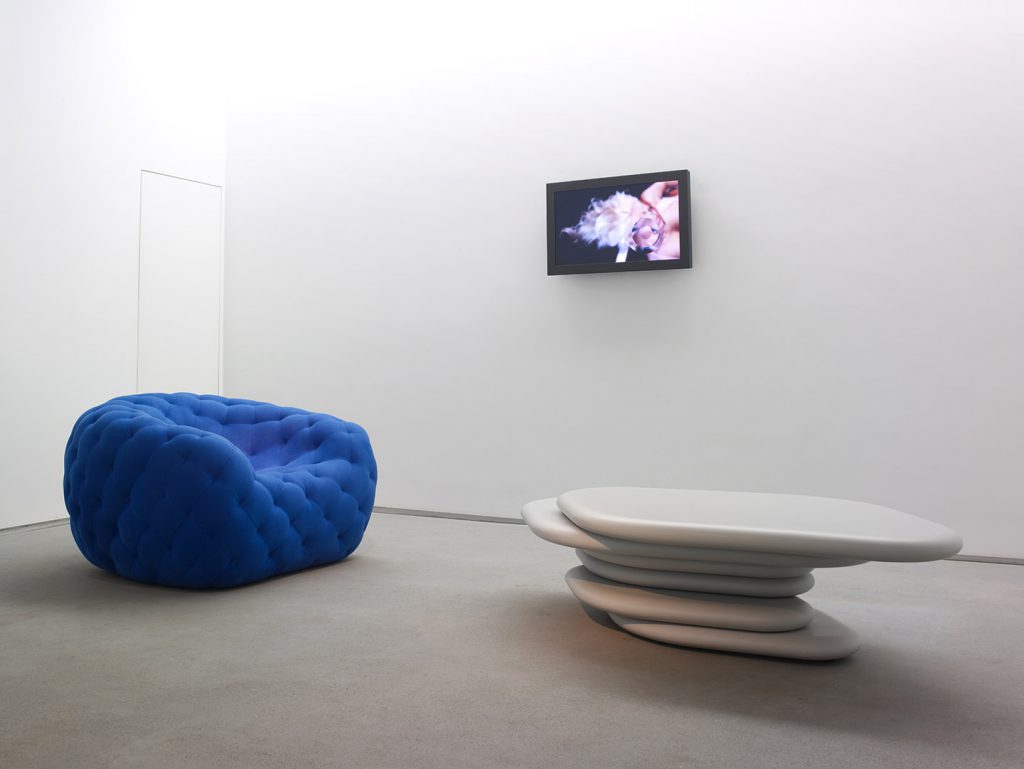
T. So, this year will be very busy for you?
R. Yes, it is very good year. There are very different projects going on. Which is natural, as my work is expansive, and I work in different fields and the4 more I advance, more people get involved in the possibilities to collaborate. So yes, this year is a very busy one.
T. How much of your art is the product of design?
R. Well, that's a tricky question. I can't give you a percentage, but I can tell you the viewer can see how much art there is in design when they want to use your work. I like that in design you have something in front of you that is more rational…it has to do with function and use. It can also be artistic, but that can be more hidden. It's up to the user or spectator to find this aspect in design.
T. When, if ever, do you find it acceptable to have non-ergonomically designed furniture? Should art be funded? Should design be funded?
R. I think it's totally acceptable. I think we are totally free, and should be totally free as designers…so the design object can be something else than a just functional object…responding to the needs of the consumer or market…it can be much more or just something different. It can then have a manifesto character and feel like it's fulfilling a completely different function…
T. Without going all obsessive-compulsive here, what, if any kind of creative patterns, routines or rituals do you have?
R. I have to suffer, actually. So when I find an idea, I have to, I don't know why, destroy it first and then, time passes by and the idea comes up to the surface again. I say the process always goes in the same way. I hardly pick up the first idea and immediately turn it into a project. So there is a birth and death and rebirth.
T. What role does the incubation period have in your designing process? How long does it take you to manifest a design? What happens in your mind at that time?
R. Well, it's a difficult process. Sometime it can take years…sometimes there's a startup idea and by the time it becomes manifest as a project and finally materializes…a long time passes by. I really don't know why it works out this way, maybe an idea doesn't feel right for a given time or I don't trust the idea or I have something to do in the meantime and suddenly the idea pops out more easily. There are no rules, but it usually takes time.
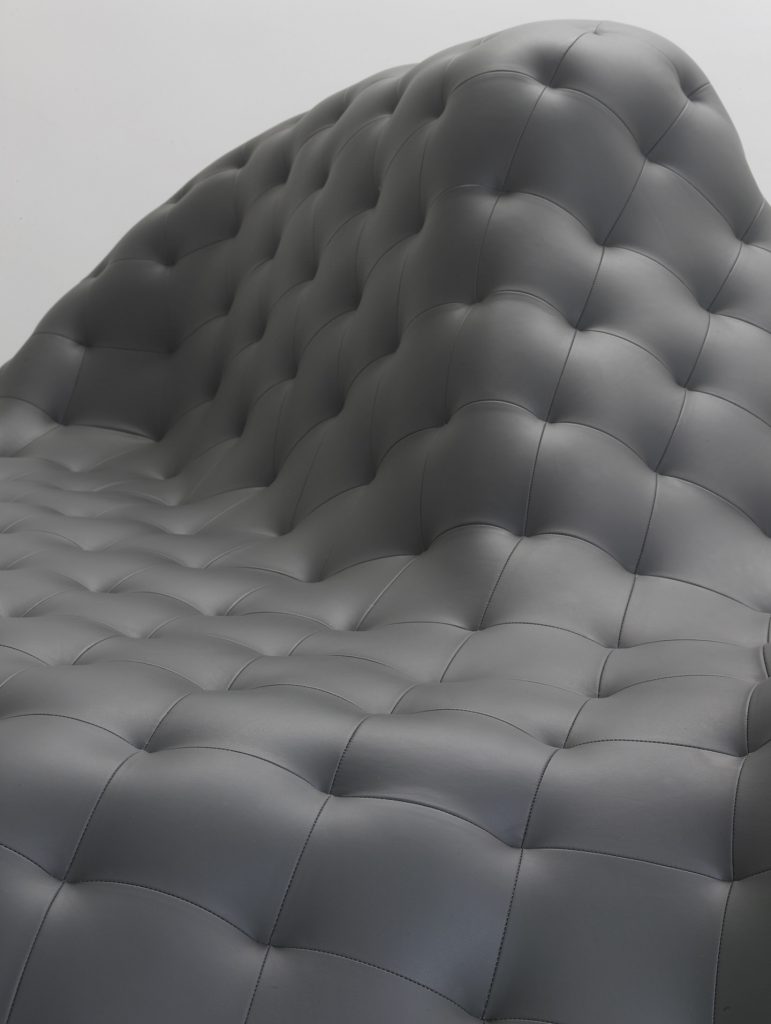
T. True… When at home, what do you sit on?
R. Oh, I seat on either a Thonet chair or the "Party lounge" designed by Frierich Kiesler.
T. Do you have “soundscapes," or perhaps you think out loud?
R. You mean, so I listen to something while I'm working? Yes, I like to listen to movie soundtracks, like, for example, _Eternal Sunshine of the Spotless Mind_ or _Trainspotting_ or something like that.
T. What makes you use the word love?
R. Oh, I am going to have to think about that one. It's a difficult one.
T. Your favorite swear word?
R. Ectoplasm. It's where from a Captain Haddock in _Tintin_.
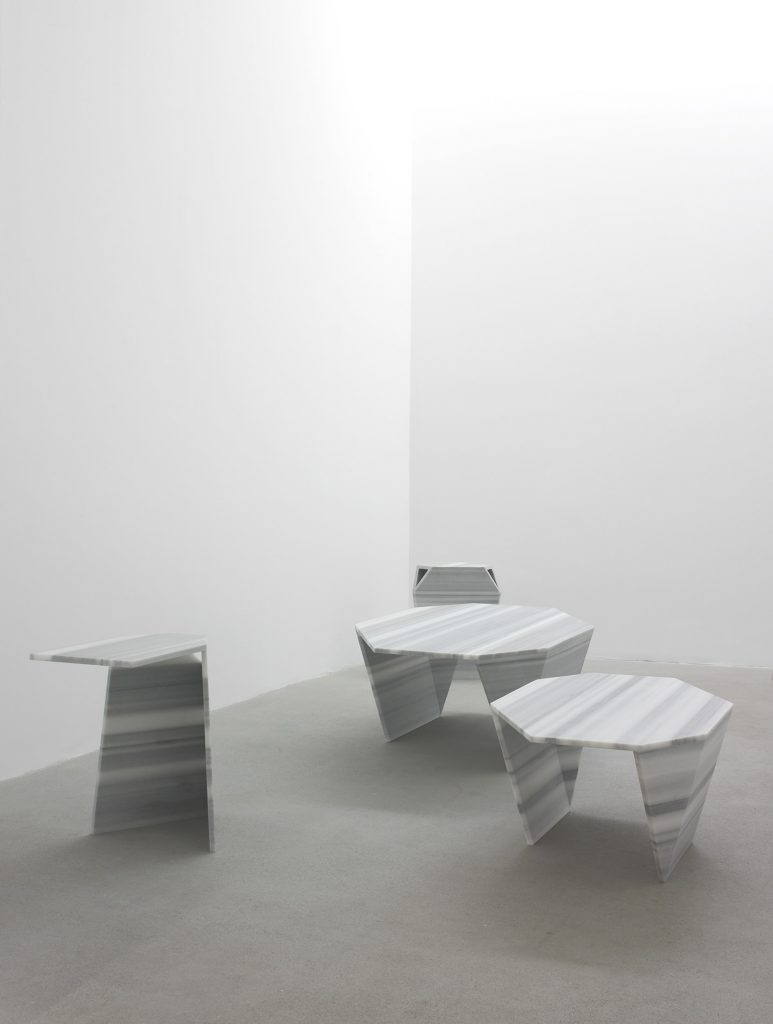
T. That's a good one! Do you have any other plans for the next couple of years or a specific plan in NY?
R. You mean projects or other plans? There is nothing else besides work… There are several projects, for example the one I was telling you about, and there is another project to be presented before or after the summer, probably a commission for the city of Nancy. We won a public art competition for which we will intervene on a historical building and also place some kind of street furniture in front…it's a permanent installation. We are working on that right now.
T. Is a house a beautiful house because it is so perfectly what a home should be, or would one call it beautiful even in ignorance of its function, on the basis of its shape and colors?
R. One mustn't forget the notion of comfort is relative. There isn't THE perfect answer, there are active and passive ways of occupying the domestic space.
T. Should design be in museums, or in everyday use until dated or no more functional?
R. Design can simultaneously be in museums and everyday life. I think we just have to get past the idea of what design HAS to be. I once published a book about my work titled Duty free, and it talked exactly about that. There seems to be an unwritten contract as to what a designer has to do. We have to break free from that. All that counts is the originality and coherence of a project. Design doesn't have to be functional, just as art doesn't have to be beautiful.
T. How do you embrace self-doubt? e.g. When sketching on a white sheet? White paper syndrome? Or when to say the design is done/finished?
R. One always has to deal with what Descartes called la mélancholie de l'achevé. It means that the time of open possibilities is over.
T. What are you working on at the moment?
R. Oh, I seat on either a Thonet chair or the "Party lounge" designed by Frierich Kiesler.
T. True… When at home, what do you sit on?
R. Cut_paste / solo show / CWG London / for London Design Week from September 9 - October 11.
Centre Pompidou / presentation of a play co-written with Philippe Katerine about my furniture / Presentation 25, 26 October. Serial production of the Pentaphone / launch before the end of 2013.
